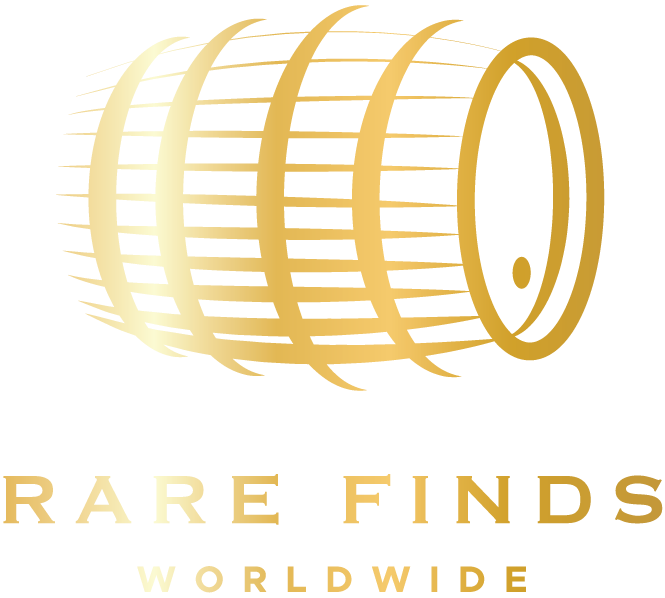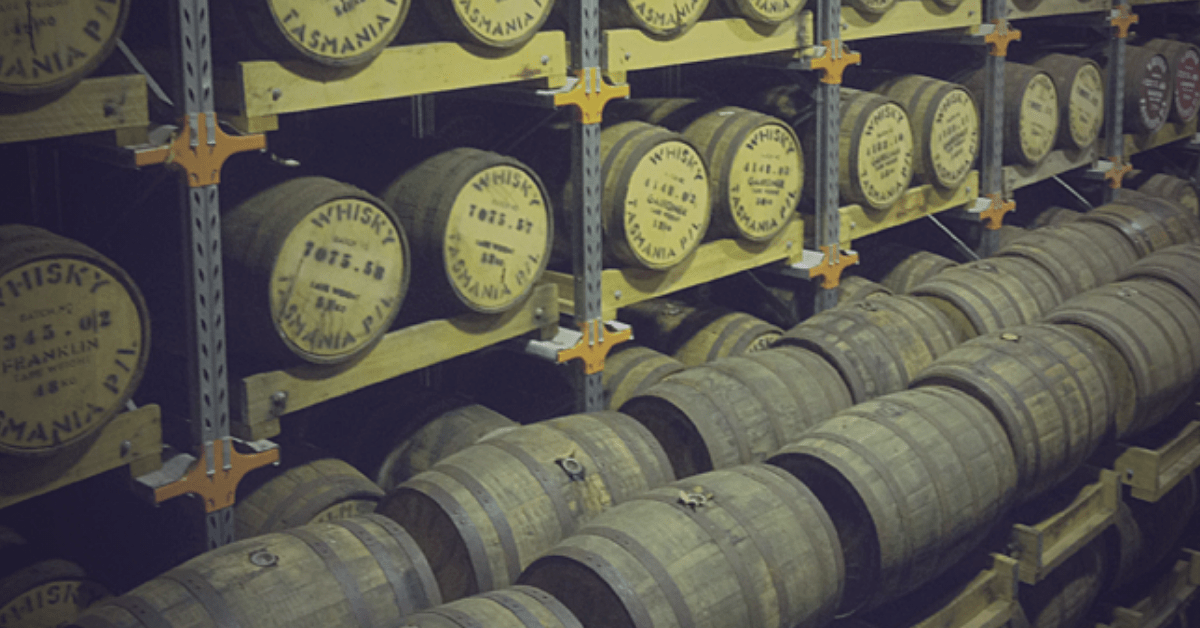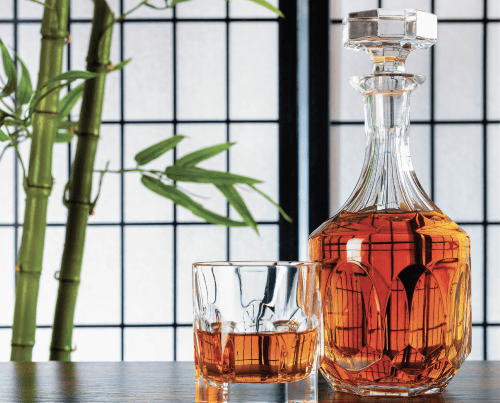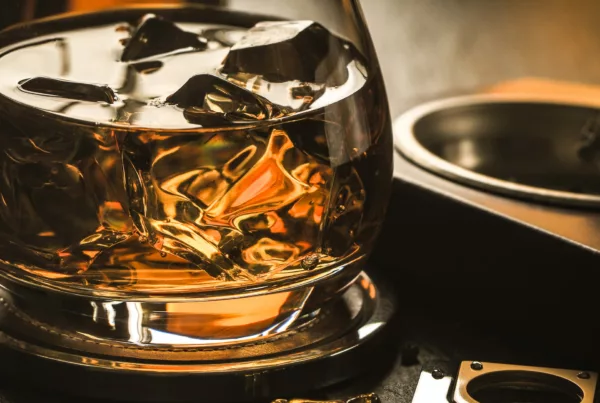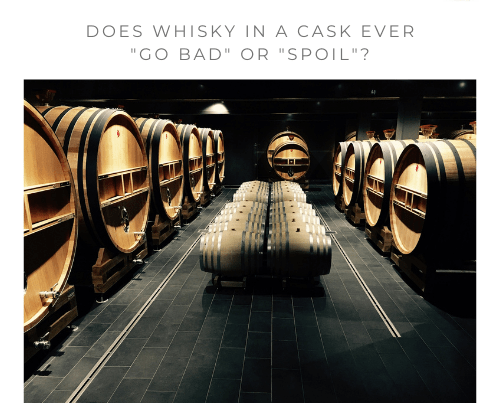The scotch whisky industry is often filled with mysterious words and jargon. Most of the time, even if we don’t fully understand the culture behind the whisky, we can still enjoy it as much as we can. However, as investors, it is always a good idea to obtain as much information as possible in order for us to better anticipate the best returns on their expected value. This month we are going to explain to you in detail the types of casks that are available on the market and how to read into cask type information.
Although the mechanism is still up for debate, it is widely believed that scotch whiskies (or any whisky really) gain most of their beautiful flavors from the oak vessel in the cask that contains the spirit during the aging process. The scotch whisky regulation dictates that the cask should be made with oak, which is usually either American white oak or European oak. The scotch whisky industry also has a history of using casks that previously contained other types of alcohol, for example, bourbon, an American whiskey, or Sherry, which is a Spanish fortified wine. With this in mind, a detailed cask type description will often include the following information and will look something like this:
“1st Fill European oak oloroso sherry butt”
“Refill American white oak bourbon barrel”
- Times of filling
- Type of oak
- Previous content
- Shape/size of the case
Times of fill
Casks are often reused in the industry. A first fill cask means it is the first time being filled with scotch whisky (even though it has been used to contain other types of alcohol before). Typically, most distilleries will not re-use a cask more than 3 times, or if they do, they will need to process it by scrapping and charring first. As you can imagine, 1st fill casks normally provides spirits a more intense flavor and color whereas refill casks are more sophisticated and mellow.
Type of oak
This information is not always available and is often implied. If it is a bourbon cask, it is always made with American white oak; whereas if it is a sherry cask, it can be either American white oak or European oak. Besides, most believe that the previous contents are usually more important than the type of oak, which is why the information is often missing.
Previous contents
Currently, 90% of the casks being used in the industry are ex-bourbon casks and 10% are ex-sherry casks. Less than 1% are other types of casks include (but are not limited to) rum, cognac, beer, wine, and virgin. In recent years, we have witnessed wine casks rising in popularity as they resemble sherry casks in many ways. However, sherry casks still hold their premium standing and remain to be the most optimal choice whilst bourbon casks would always be a safe purchase.
Shape and size
Casks can range from 40 liters to up to 700 liters, and they come in different shapes as well. The most typical types of cask you will come across are barrels, hogsheads, butts, and puncheons, which are 200 Liters, 250-300 liters, and 500 liters+ respectively. The shape and size of the cask will often reflect its previous content/oak type as well. Since the barrel is often associated with bourbon, we can also imply that American white oak will be used in this case. But if it is a hogshead, it can be either oak type. For butt or puncheon, it will always be associated with an ex-sherry cask.
Re-racks
Nowadays, with cask-finishing becoming more popular, owners would often choose to re-rack their casks. This means to transfer the content from one cask to another cask, often from bourbon to sherry, in order to get an additional layer of flavor and color to the spirit. When you take a closer look at the information about a cask and it says “re-racked”, this means that such operation has been carried out previously.
Cask information is not always available
It is worth noting that the complete cask type information is not always available at the point of purchase. Sometimes, instead of “1st fill European oak sherry butt”, you get “refill hogshead” stated on the bottle or the cask documents. So why does this happen? Often, this type of information is not always provided by cooperages when distilleries bought these casks. In these scenarios, we can only assume. For example, if it just says Hogshead, it is often a Bourbon cask rather than a Sherry cask, this is because sherry casks are often more expensive in the market, and if the situation allows, one will always specify it’s a sherry.
